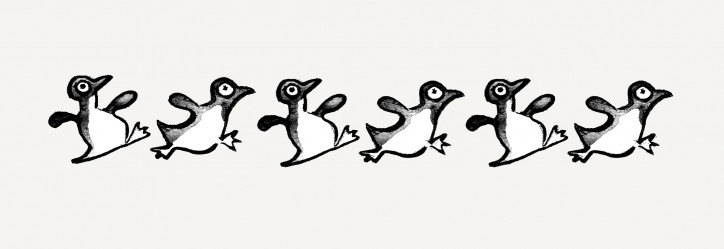
You may have seen a photo on the internet of two friendly little penguins that meet in the evenings to admire the Melbourne city lights reflected in the sea, flipper-in-flipper. It’s easy to be skeptical about the interpretation of the shot. But then perhaps humans aren’t the only creatures capable of delight.
You don’t have to be a romantic to see that the natural world is full of beauty. From picturesque landscapes to unbelievably colorful birds and fish—all around us there are sights that can provide even the least emotionally-inclined person a moment of aesthetic pleasure. As someone who isn’t (or at least doesn’t consider themselves to be) overly effusive, I still find it hugely gratifying when, for example, our ship weighs anchor in Ilulissat, Greenland, and sails into the fairy-tale world of yellow-crimson sunsets and incredibly blue icebergs reflected in an expanse of liquid gold. At such moments, I can almost hear a gentle clicking in my head: everything falls into place, and the world surrounding me feels exactly as it should be. There’s no place I’d rather be.

It is with a less satiating but fiercer delight that I admire small details, such as the colors of the magnificent mandarinfish or the Picasso triggerfish. Of course, flowers, butterflies, and fly agaric toadstools are also pretty, and I—perhaps not quite objective—would also mention king penguins as amongst the most beautiful-colored creatures. There probably isn’t a tough customer in the world who wouldn’t utter at least a quiet moan of tenderness at the sight of the leaf sheep (Costasiella kuroshimae) or, in fact, any of its nudibranch sea slug relatives.
In the Eye of the Beholder
We can see all this delightful diversity due to cells in the retina, which convert light into nerve impulses, and the power of the brain, which interprets these signals. There are two main types of photosensitive cells in the human eye. Rod cells are mainly responsible for the perception of shapes and movement, and they allow us to see in twilight. Cones deal








